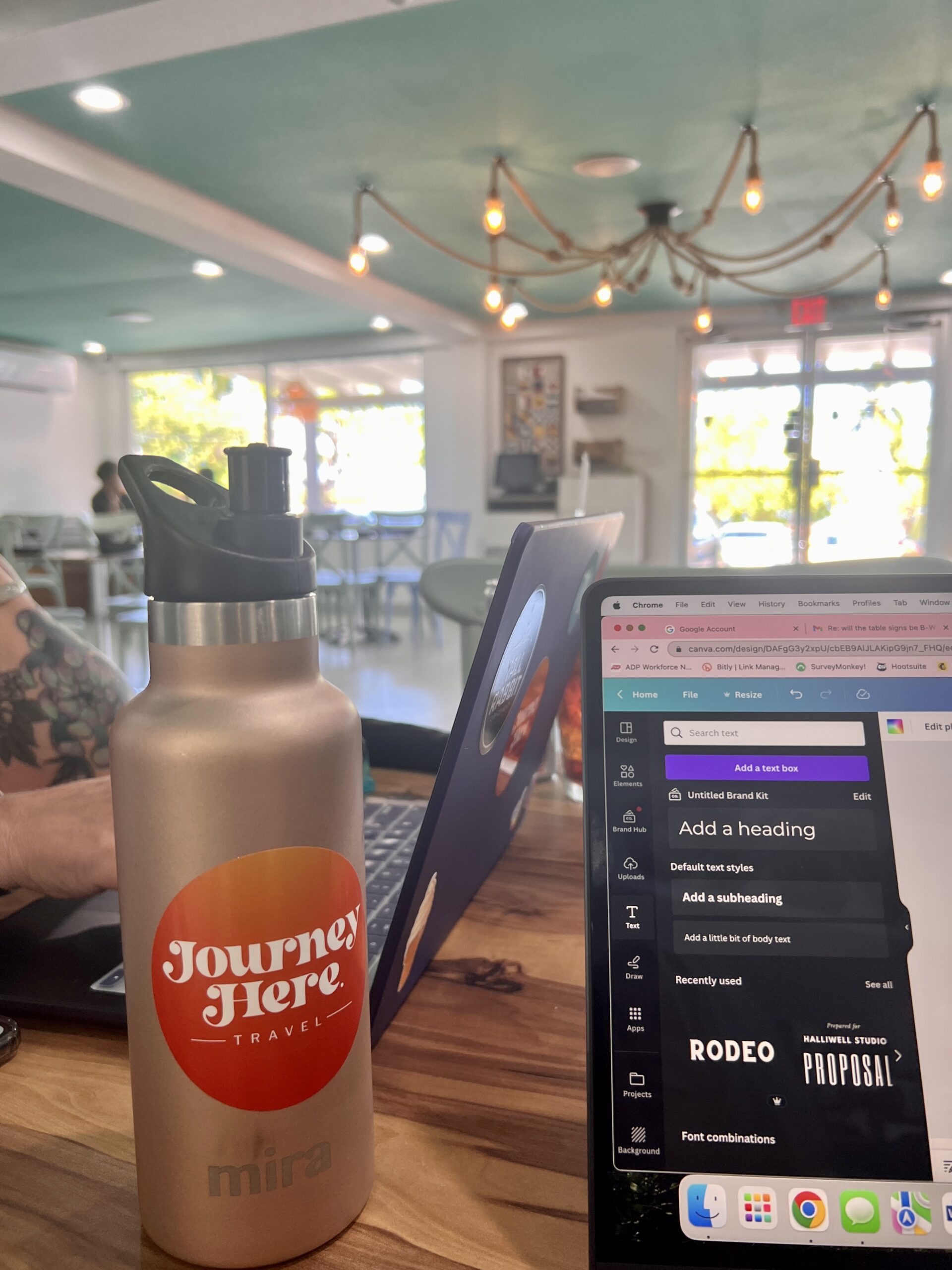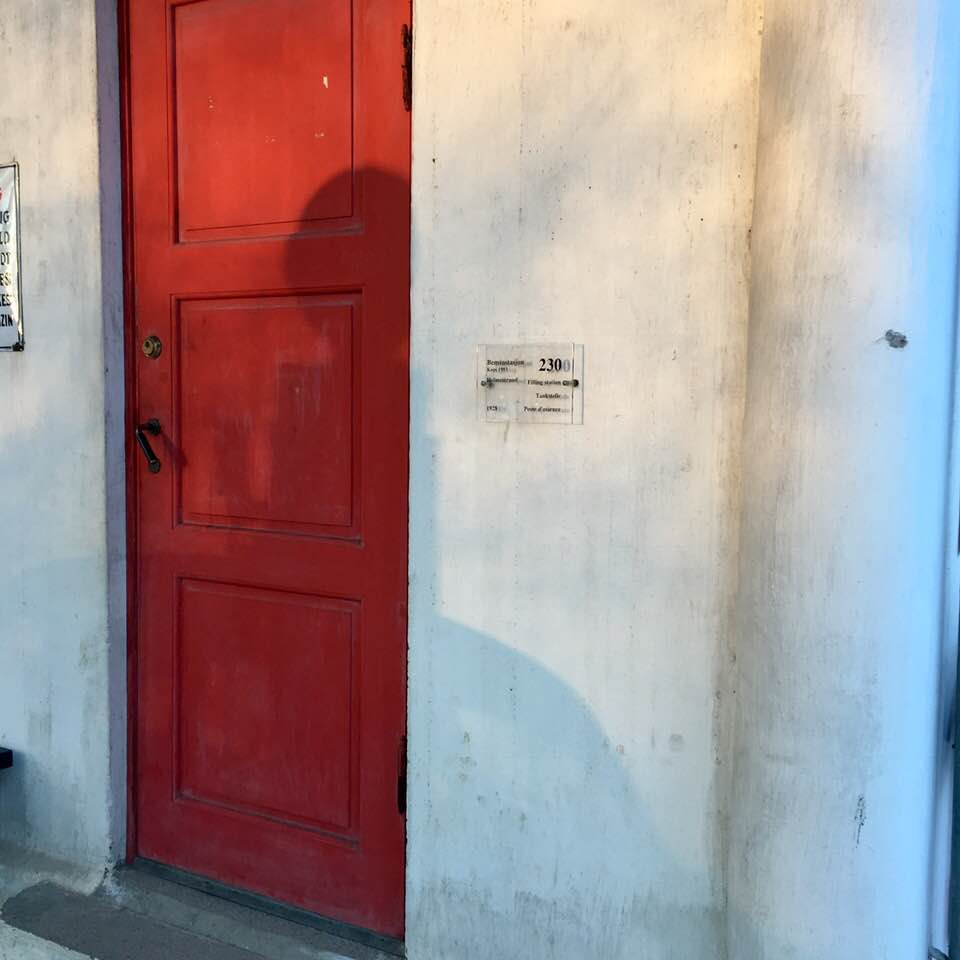
How to Get International Phone Service — Three Ways to Stay Connected
A guide to the best and cheapest ways to use your phone internationally
We see it in travel discussion groups almost every day: “Help! How do I get international phone service?!” Don’t worry; we didn’t know when we started traveling either. And technology keeps changing! But it’s fairly easy and affordable to stay connected when traveling overseas.
And there are more reasons than ever to have international phone service.
I (Julianne) traditionally relied on hotel, restaurant and airport wifi when traveling overseas. But after getting lost in Paris one too many times, I decided that I really want to have access to Apple Maps when getting around a city. I also like to have cell service for calls and a hotspot when working remotely (as a freelancer, I always work during my trips), and I can use it to check my flight status on my apps — that proved useful when strikes in Germany were affecting my trip home from Slovenia.
I (Heather) like to be able to use all of my apps when I am navigating around a new city, and I often work remotely. I need reliable international phone service so I can connect my computer to the internet via my phone (hotspot) if wifi is slow or nonexistent.
International phone service is almost essential anymore, for everything from hailing a ride to booking restaurant reservations while traveling. So let’s examine your options.



International Phone Service Options
- An international service plan: This is international cell phone service through a U.S.-based cell phone service provider.
- You may decide to choose a regular, ongoing (monthly/contract) cell service plan that includes international coverage. The big three providers of these kinds of plans are T-Mobile, Google Fi and Verizon.
- You may be able to buy cell service from your regular cell phone service provider “by the day” while you’re traveling abroad. Typically this kind of plan switches on automatically when you turn on your cell service in a new country. Your cell service provider then charges you for each day that your cell service is turned on in that country.
- Physical SIM: This is a tiny electronic “card” that goes in the SIM card slot or port on your cell phone. You can remove the existing U.S.-based SIM card from your phone (the steps vary for various phones — you can Google how to do this) and replace it with a SIM card from a cell service provider in the country that you’re going to. When you get home, you just switch it back.
- eSIM: An eSIM is a SIM card that’s embedded into your device; you change the cell service provider digitally, rather than switching out a physical card. You buy an eSIM “plan” for the country that you’re visiting for the duration of your trip and follow their instructions for setting it up. (It will shut off automatically when your time is up.)
- Some phones, such as newer iPhones (14 and up), have a dual eSIM, so that you can simultaneously maintain your home cell service and international phone service. You’ll need to pay for an international service plan for your home cell service too, however, if you intend to use it while overseas.

Pros and Cons of International Phone Service Options
Each of these three ways of maintaining international phone service has its benefits and downsides.
International Service Plan
Pros
- Seamless, instant connectivity when you land in a new country
- No complicated technical steps to connect
- No need to rely on airport wifi
- No need to research cell phone service providers for various countries
- No need to stop and purchase a physical SIM card
- You can use your primary cell phone number without additional costs
Cons
- Plans can be costly
- Switching/upgrading to an ongoing international plan can be a hassle
Physical SIM
Pros
- Typically inexpensive
- Can be easy to find and purchase on arrival, depending on the country you’re visiting
Cons
- May require you to set up an account with the cell phone service provider; sometimes, that form is in another language
- Can be hard to find and purchase on arrival depending on the country you’re visiting
- Requires a few technical steps
- Requires you to keep track of your (very tiny) original SIM card
- Assigns you a new cell number while you’re using it, meaning you won’t receive calls or texts that go to your usual cell number
- If your phone is locked, meaning you are still paying for your phone, your carrier might not allow you to swap out your SIM card; you’ll need to talk to your carrier and assess your options
eSim
Pros
- Can be purchased before your trip or while you’re traveling, making it typically easy and convenient to add data along the way, even moving from country to country
- Typically very affordable
- If your phone has a dual eSIM, you can keep your primary phone line activated and use your international eSIM line at the same time. (You’ll need to purchase a plan for your primary line if you use it internationally in addition to your eSIM line.) To avoid paying international fees on your primary line, you will need to turn it off and only turn it on when you are connected to Wi-Fi.
Cons
- Requires a good wifi signal to install the eSIM. Airport wifi typically will not work, so you should download and install your eSIM from home, a hotel or a cafe with good wifi.
- Requires several technical steps after arrival in your destination to activate the eSIM (every eSIM service varies).
- Customer service can differ widely among eSIM providers, and depending on where they’re based, help may not be available when you need it in your time zone
- Typically, these are data only, meaning you will still need to be on WIFI to make phone calls. Emergency service numbers are always available where there are cell towers, so you will still be able to access emergency services if needed.

Considerations for Choosing International Phone Service
Even beyond the pros and cons above, there are several things to take into account when making a decision on how to access international phone service. These factors depend more on lifestyle — your mileage may vary:
Coverage: If you’re thinking of switching your everyday cell service plan to one with international cell service and you have to switch cell service providers, check first to be sure that your new cell service provider offers good coverage where you spend most of your time — at home!
Check too that it doesn’t exclude any country or region that you think you’d like to travel to frequently. Most plans are broad, covering much of the world, but they’re not comprehensive.
Daily data needs: If you’re going to be working remotely, especially while on a train or bus or in an airport or restaurant with lousy wifi while traveling, you may need a lot of hotspot data to go online with your laptop.
You can get a physical SIM card or an eSIM with unlimited data, though it will cost you a little more. If you’re considering a cell plan with international phone service, check to be sure it offers enough high-speed data for your needs overseas as well as at home.
Keep in mind, too, that an eSIM or physical SIM card gives you a new number, so business associates who usually call or text your primary cell number will need your new number, or they won’t be able to reach you. If you have a dual eSIM, you can keep your primary line turned on, but you’ll need to pay for your cell phone service provider’s daily plan.
Travel habits: If you travel internationally less often — once a year or so — and for shorter durations, then it’s likely unnecessary to have an everyday cell plan that includes international phone service. And if you’re going to a single country on your trip versus hopping through countries (as on a cruise, where you’re sometimes in a country’s port for just eight hours), then a single-county physical SIM card or eSIM will work just fine.
If you’re a frequent international traveler, especially if you visit many different countries, then a cell service plan with international phone service can save you the hassle of getting new SIM cards or eSIMs for each new trip, or each new country on a multi-country trip. (Though some eSIM providers such as Airolo offer regional eSIMs that could cover all of the places you plan to visit during a multi-country trip.)
Comfort with technology: If you’re a person who hates anything technological, if you’re a traveler who gets flustered in airports, or you otherwise feel intimidated by the idea of choosing a physical SIM card or eSIM provider and installing a card or setting up an eSIM, then it may be worth it to you to spend the extra money for international phone service from a US-based cell phone service provider.
Cost: The final cost is truly based on your personal international phone service needs. There are several factors that determine what your cost will be:
- The price of your existing (monthly/contract) cell phone service plan vs. upgrading to an international plan
- What kind of hotspot data you need, both daily and while traveling internationally
- How often you travel internationally, for how long, and to how many countries
- How tight your travel budget is
At Journey Here, we each approach our international phone service differently.
Julianne: I have an iPhone with dual eSIM cards, and I’ve had two semi-successful trips with eSIMS. During my first trip with international phone service (in 2024!), I used an eSIM from an unnamed provider. It mostly worked fine; I incurred a one-time $10 daily charge from Verizon because when I landed, I turned off Airplane Mode before switching off my primary cell line and turning on my eSIM.
During my second trip, to South Africa and Zimbabwe, I needed customer service both before and during my trip; that eSIM provider did not provide live customer service and used a frustrating WhatsApp interface that required me to leave messages and wait for a reply that sometimes never came. I realized too late that my South Africa eSIM wouldn’t cover the final days of my trip in Zimbabwe, so I was without cell service. I also didn’t have cell service during my layovers in several countries. It wasn’t a crisis, but it did make working remotely more difficult, and I worked through the entire trip. I also missed two very important phone calls from my doctor because she only had my primary cell number and not the cell number of my eSIM.
I’m currently a Verizon customer on a plan with my adult daughter. Verizon provides great coverage for the places we spend most of our time in the States, especially out west and in the mountains. The cost of their new Ultimate Unlimited plan, while pricey, isn’t much more than what I currently pay for massive amounts of hotspot data, and it could be even lower than my current monthly cost if I can wrangle some other family members to sign on to our “family” as well. The Ultimate Unlimited plan allows each family member to be on a different plan, so those who don’t travel as much as I do can remain on cheaper plans — the main factor for the price of the international plan is the number of lines in your “family” (more lines equals lower per-line cost for every plan).
Currently driving my decision for international phone service is the fact that a) my guy and I are taking an extended road trip this summer with several weeks in Canada; b) I’m also taking a cruise next spring that stops in five countries, and then I’m going on to a sixth county; c) I want to be able to receive calls and texts on my primary cell number during these times; d) I’ll be working remotely; e) and I use a ton of hotspot data.
Heather: I have used Mint Mobile for years. It costs $360 a year for unlimited data, talk and text. An eSIM makes the most sense for my type of travel. After trying several eSIM companies I’ve landed on Airalo. After price shopping, I find them to have the best bang for my buck, and I’ve had a pretty easy install experience outside of the one time I forgot to install my eSIM at home and tried to install it at the airport in Budapest when I landed. It didn’t work, and I was left in a lurch; lesson learned! I hope to spend more extended time outside the country someday, and I would probably switch to Google Fi. Their plans are adaptable; you can toggle your plans up or down each month to match your needs.
Don’t forget to make sure you protect your data with a VPN when you are using your phone in public spaces
The views expressed on this website represent the opinions of the authors; we encourage you to form your own opinions and confirm any facts.
This post may contain affiliate links. If you shop or make a reservation through these links, we may make a small commission (for which we are very grateful!) at no extra cost to you. Not all links are affiliates, and we only suggest products and places we have experienced.



